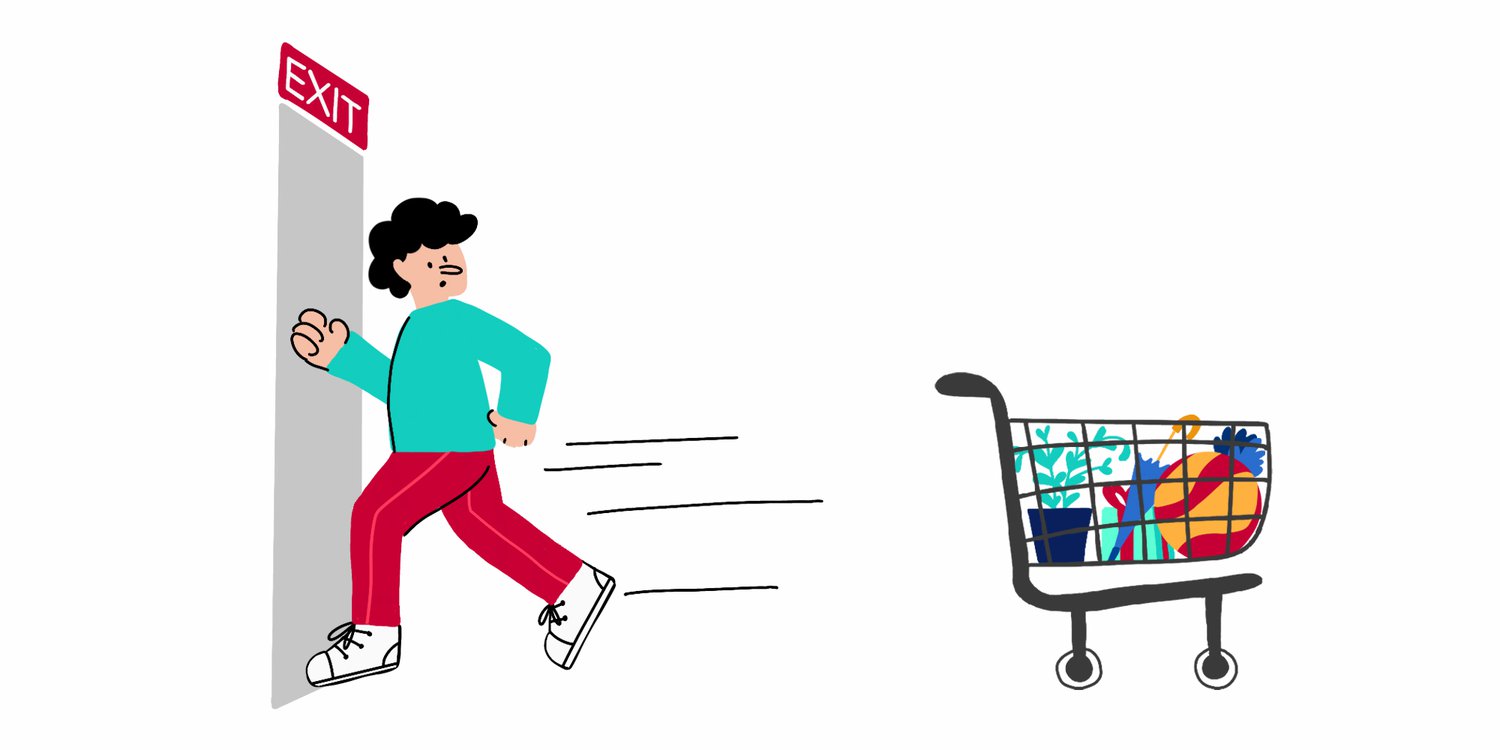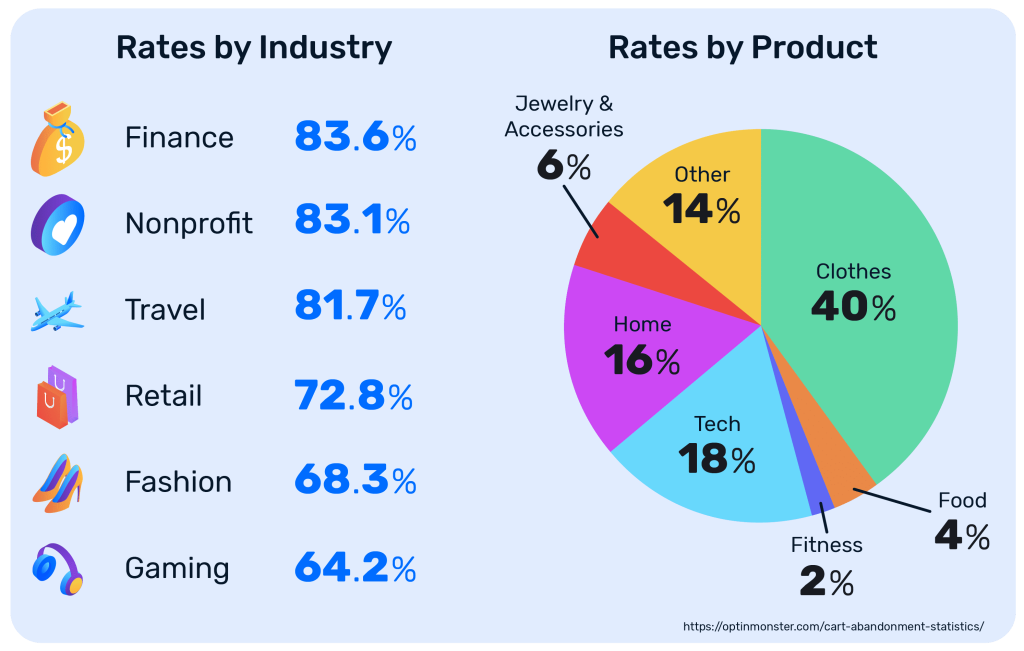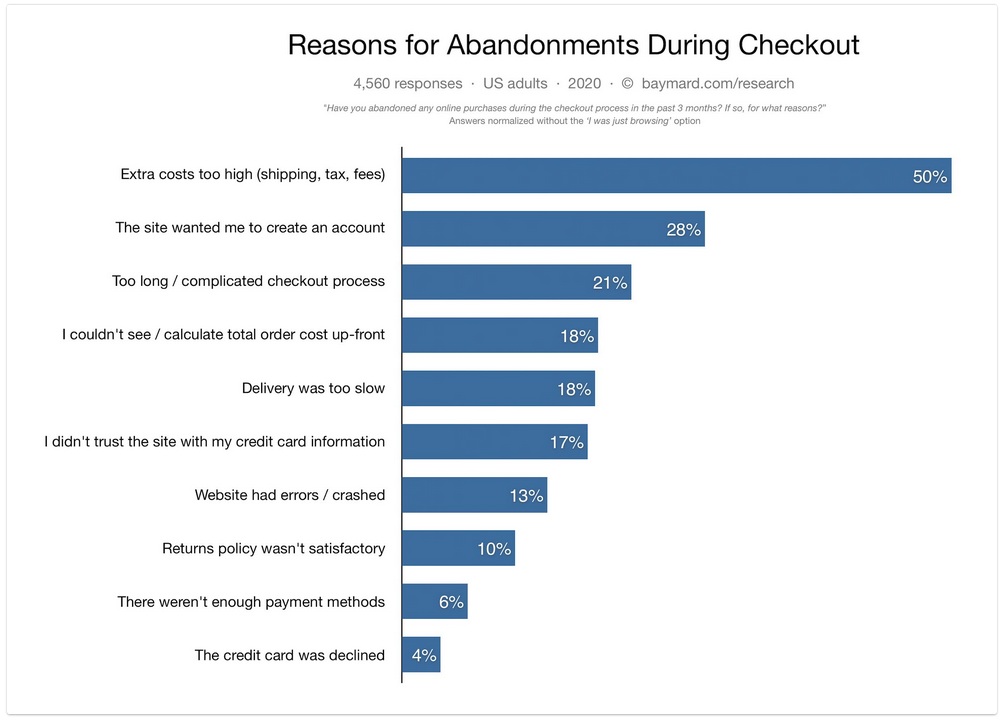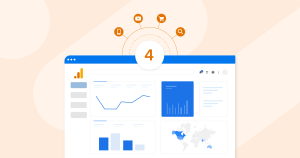
Problem Statement
Shaye is a D2C eCommerce company specialising in fast moving fashion apparels. Even though Shaye was taking substantial efforts in acquiring traffic their conversion rate was quite low. Meaning even after users were landing on their website, very few of them were actually making a purchase.
A deeper delving into this area revealed that their cart abandonment rate was quite high. “Cart Abandonment” as the name suggests means users who would abandon their shopping carts. Thus, in Shaye’s case a lot of users were adding products to their cart but were not proceeding towards checkout and making the final payment.
Now, cart abandonment rate as evident in the image below is usually high for the fashion and retail industry – the one in which Shaye operates. And while Shaye’s rate was already better than industry standards, we believed there was still room for improvement.

Solution
As per a research conducted by Baymard Insititute, cost seems to be the single biggest factor leading to cart abandonment. Thus, cost is what we decided to tackle in our initial solution.

Again, as mentioned in an earlier post, our tool of choice to improve this number was Wigzo. Using Wigzo’s Automations we were able to target users with an abandoned cart. Given that the user has taken the efforts to add items to the cart, it is safe to assume that users have a high intent of purchasing.
Thus, in order to convert such users, we decided to give them a nudge in the form of discounts. For all abandoned cart users who had not completed their checkout in the next 30 minutes, we gave them a 10% discount.
This small nudge proved to be a major game changer because even though the discount percentage was small, its direct targeting made its appeal very personalised. This small discount led to a 35% improvement in cart abandonment rate and had a 12% improvement on the overall purchase rate for Shaye.


